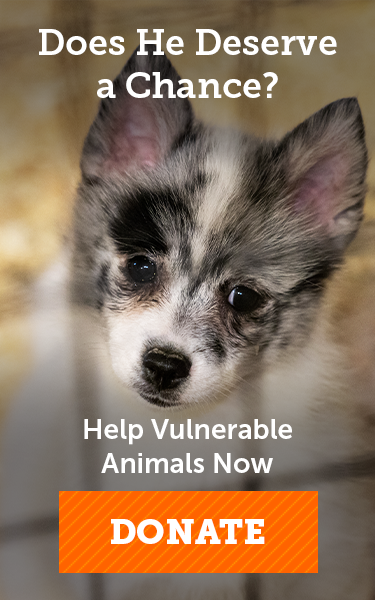Gulf Coast Spay/Neuter Recovery Project Provides 71,249 Spay/Neuter Surgeries to Hurricane Impacted Areas
Collaboration among five agencies leads to unprecedented success in La., Miss.NEW YORKThe Gulf Coast Spay/Neuter Recovery Project, a collaborative initiative in response to Hurricanes Katrina and Rita, has provided more than 70,000 spay/neuter surgeries for cats and dogs in disaster-stricken areas of Louisiana and Mississippi since the project's inception, according to officials at the ASPCA® (The American Society for the Prevention of Cruelty to Animals), and PetSmart Charities®, two organizations that administered grants for the project.
Additionally comprised of IFAW® (International Fund for Animal Welfare), UAN® (United Animal Nations) and The HSUS® (The Humane Society of the United States), the Gulf Coast Spay/Neuter Recovery Project pledged $3,275,000 in 2006 with plans to open two clinics, and eventually opened four. As of December 31, 2009, more than 71,249 surgeries have been performed in the region, with another estimated 29,200 to be performed through ongoing programs, for an ultimate total of more than 100,000 surgeries.
"What this collaboration has accomplished is unprecedented, in that it's the first time that five national organizations have come together on a project at this level," said Susan Sampey of Plaquemines Animal Welfare Society (PAWS). "The goal of this project was to make spay and neuter affordable and accessible for everyone."
The devastating Gulf Coast hurricanes in 2005 revealed that 80 percent of the dogs and cats that ended up in rescue facilities and shelters throughout the region were unaltered.
"Spay/neuter is the first step in stopping the cycle of unwanted pets," said David Waltman of the Humane Society of South Mississippi (HSSM), one of the clinics performing the surgeries. "This effort prevented the births of exponentially hundreds of thousands of unwanted pets."
When first proposed, a three-pronged approach was anticipated in both Mississippi and Louisiana to provide roughly 20,000 surgeries annually. This approach included a voucher system, the utilization of a 53-foot "Big Fix Rig" transport vehicle, and ultimately, permanent high-volume spay and neuter clinics located in New Orleans, Lafayette and Lake Charles, La., as well as in Gulfport/Biloxi, Miss. In the coming years, these clinics are expected to provide a minimum of 34,000 surgeries each year. The Recovery Project partner organizations remain committed to the Gulf region, providing ongoing support through their individual programs.
"The success of this collaboration speaks to the dedication of the organizations involved," said Waltman. Added Ms. Sampey, "The infrastructure this program helped create will allow these clinics to continue to produce numbers year after year, and hopefully double them, by adding additional veterinarians."

